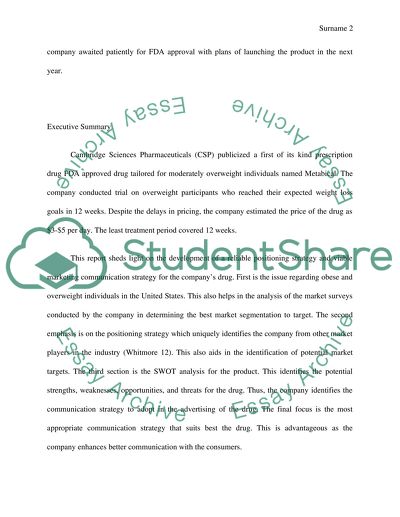Cite this document
(“Positioning and Communications Strategy for a New Weight-Loss Drug Essay”, n.d.)
Positioning and Communications Strategy for a New Weight-Loss Drug Essay. Retrieved from https://studentshare.org/marketing/1402286-marketing-plan
Positioning and Communications Strategy for a New Weight-Loss Drug Essay. Retrieved from https://studentshare.org/marketing/1402286-marketing-plan
(Positioning and Communications Strategy for a New Weight-Loss Drug Essay)
Positioning and Communications Strategy for a New Weight-Loss Drug Essay. https://studentshare.org/marketing/1402286-marketing-plan.
Positioning and Communications Strategy for a New Weight-Loss Drug Essay. https://studentshare.org/marketing/1402286-marketing-plan.
“Positioning and Communications Strategy for a New Weight-Loss Drug Essay”, n.d. https://studentshare.org/marketing/1402286-marketing-plan.


